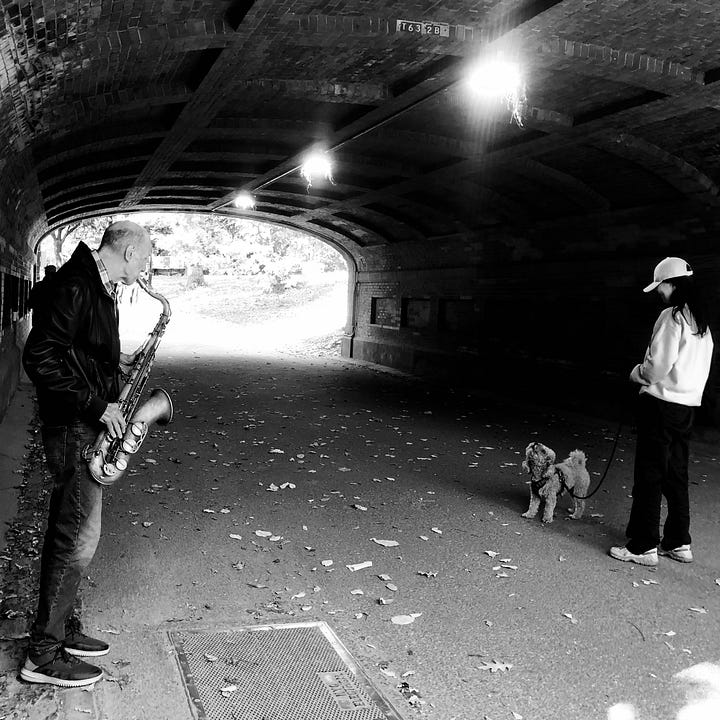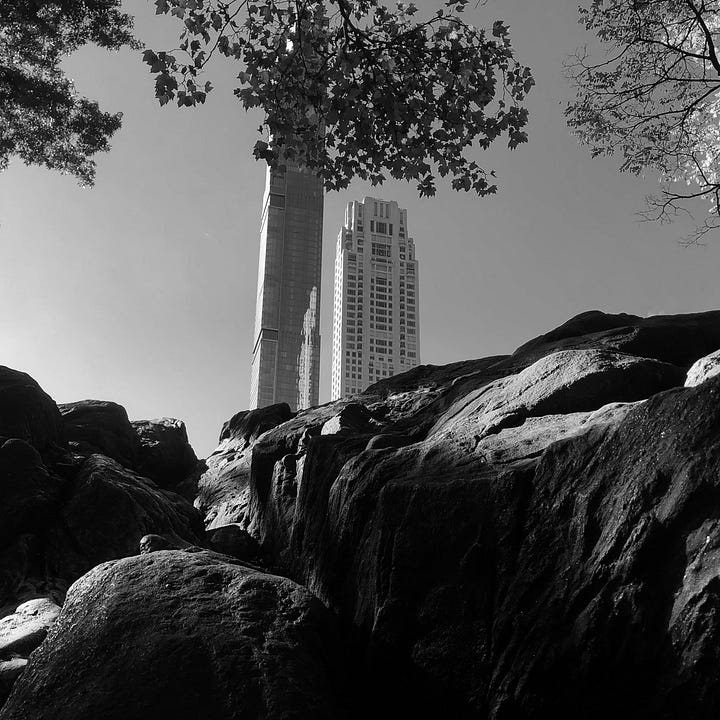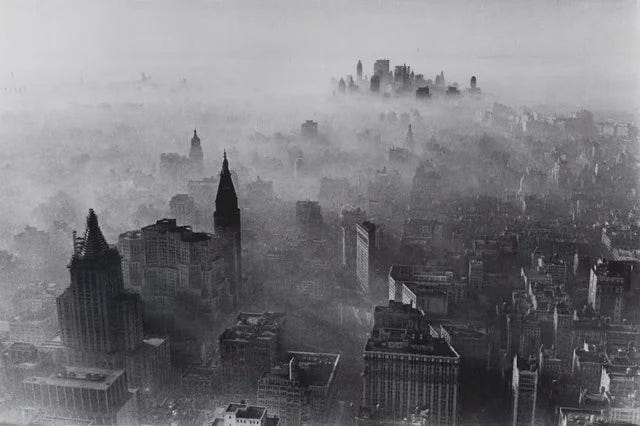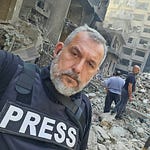“I met a girl and I called her Autumn, because I fell for her like the leaves in fall.”
Ever since Woody Allen’s opening sequence to Manhattan (1979) immortalised New York in black and white I’ve found it hard to imagine it any other way, despite the pulsating uproar of colour the city provides.
So it had to be black and white when, with an hour spare, I shot the Central Park sequence atop of this post to music by Branford Marsalis.
Autumn in black and white seems like an opportunity squandered, but it’s something Ansel Adams mastered to great effect.

For strong tonal contrasts we can also turn to autumnal jazz and Diana Krall’s choice of black and white for her video of the jazz standard Autumn in New York comes as no surprise.
(By the way, the song was written by Vernon Duke, the same composer who wrote April in Paris - so it seems he was a guy whose romantic muse settled on seasons in great cities.)
Unlike my last visit to New York this time I finally found Birdland.
By pure chance the legendary bass maestro Ron Carter was due to play his second set of the evening.
Did I want a walk-in seat?
Are you kidding?
Where else but the streets of New York can you randomly stumble into strutting baselines, or splashing cymbals, or diminutive piano chords, or furious flurries of saxophone scales?




Surrounded by black and white images of the jazz aristocracy Carter thumbed, plucked and slid his way through a set of standards and self-penned tunes with his piano partner Bill Charlap.
Their combined musical eloquence, humour and wit was as sharp as their dress sense. (No man anywhere dresses more dapper than a Jazzman and their pure virtuosity had me laughing out loud time and again.)
Birdland’s photo galleried walls enthralled me with their homage to the jazz saints who went marching in before Carter and Charlap: Dizzy & Duke, Monk & Miles, Bird & Brubeck, Coltrane & Calloway, Tyner & Terry. The list goes on, go see ‘em.
The ebony and ivory contrasts in the photos reminded me of the late fifties film noir Jazz detective series Johnny Staccato.
Watch the opening sequence below for the scene when Staccato steps away from his piano stool to swap places with the film-score composing legend John Williams.
NYC is such a different city to the one I saw emerging from dark days in 1991.
Back then there was an edge in the air around transportation hubs. Graffiti covered the trains, homelessness was amok, homicide rates had peaked the previous year and the mayor had risen to his position through the stench of scandal in the democratic party.
As an indication of how far the city has come here’s a B&W image from 1966.
Today’s gleaming railway stations, pedestrianised city spaces, traffic controls and bicycle lanes make the city feel safe.
Despite the tough talking image New Yorkers have always been friendly.
As I rode out on a bus towards New Jersey a lorry, sorry, truck driver pulls up alongside us at a light and catches my eye.
He starts miming frustration and pointing at his watch. I start laughing and he does to.
We pull off and meet at the next light, then the next, and by then he’s got the bus laughing along too.
The bus conductor is so upbeat everyone is talking with each other anyways - how rare would that be in London ?
By the time our truckie pulls finally pulls off again I’m throwing heart hands at him and he honking his horn.
Only in NYC.
****
I’ll end on an aside.
The songline that had me sipping cider in Birdland started with Sting’s Dream of the Blue Turtles, led to Branford Marsalis’s Royal Garden Blues and sailed on to wider jazz waters.
The morning after Birdland I sat in a diner ‘round the corner and wrote the following transatlantic observation.
Everything connects if you care to see... Every Breath You Take plays on the sound system. A few blocks away, on 57th and 9th, sits the corner where Sting sometimes pauses on morning walks to his studio. The Galaxy Diner's owner lingers by the cash register paying delivery drivers. Orthodox Christian icons hanging behind him reveal his business partner’s Greek origins. Perhaps Every Breath You Take's origins are holy too. It's recognised as the most played song in radio history. He said it came in the night. “I woke up in the middle of the night with that line in my head, sat down at the piano and had written it in half an hour.” Perhaps in his Newcastle choir boy days he heard the phrase ‘Every Breath’ in the pslams. So the songs keep marching on. Everything connects if you care to see. Written the Morning after Birdland in the Galaxy Diner, 9th Avenue, New York
Let’s fade to black below with some seasonal Jazz from NYC…
Additional info:
Made in Manhattan, On the 25th Anniversary of Woody's Magnum Opus by cinematographer Gordon Willis










